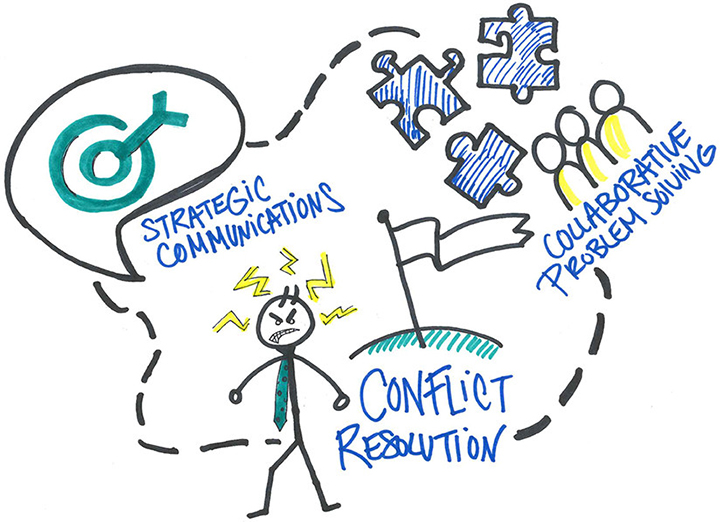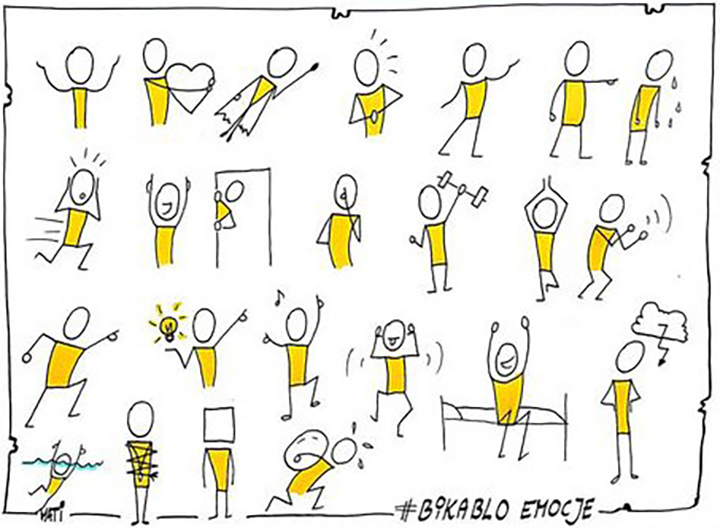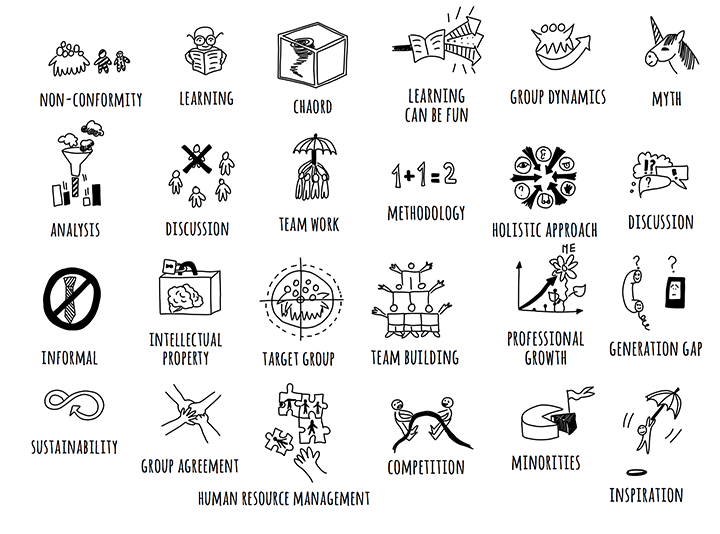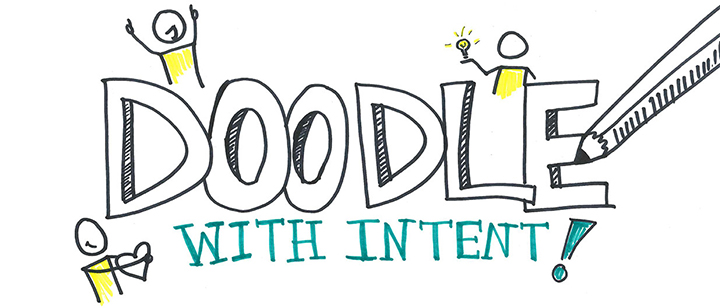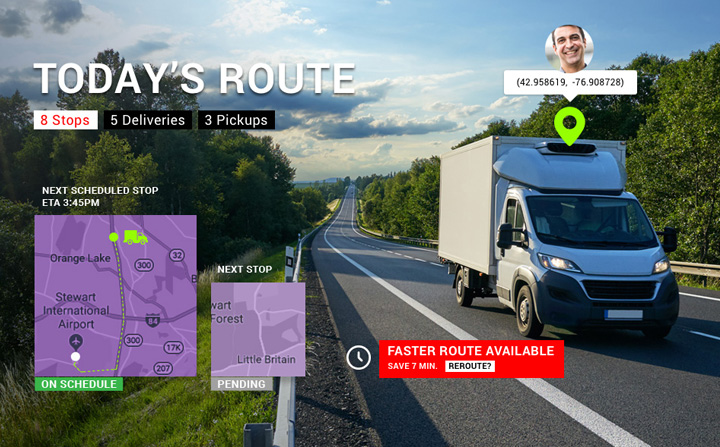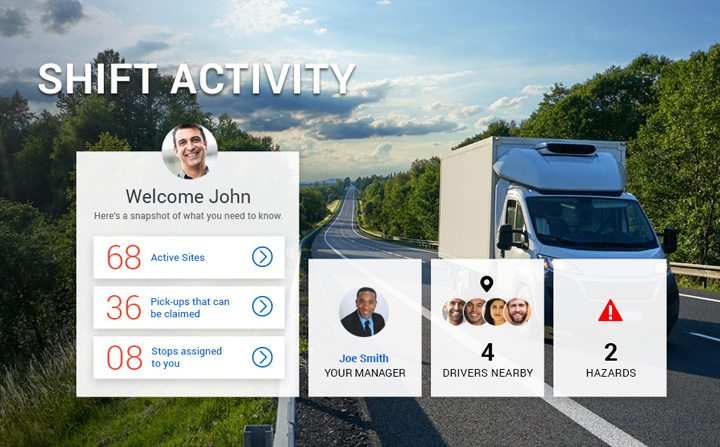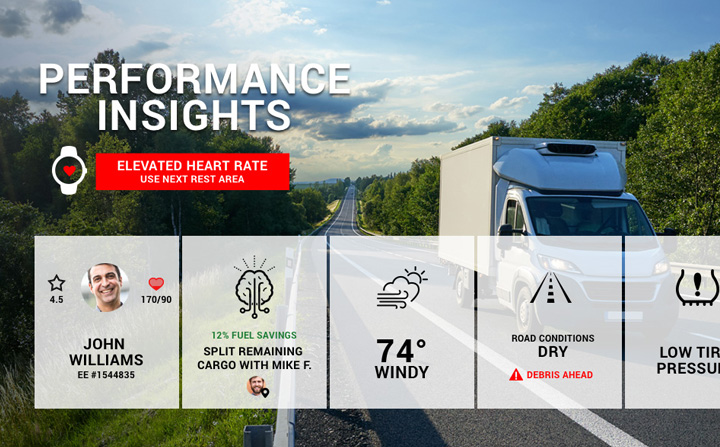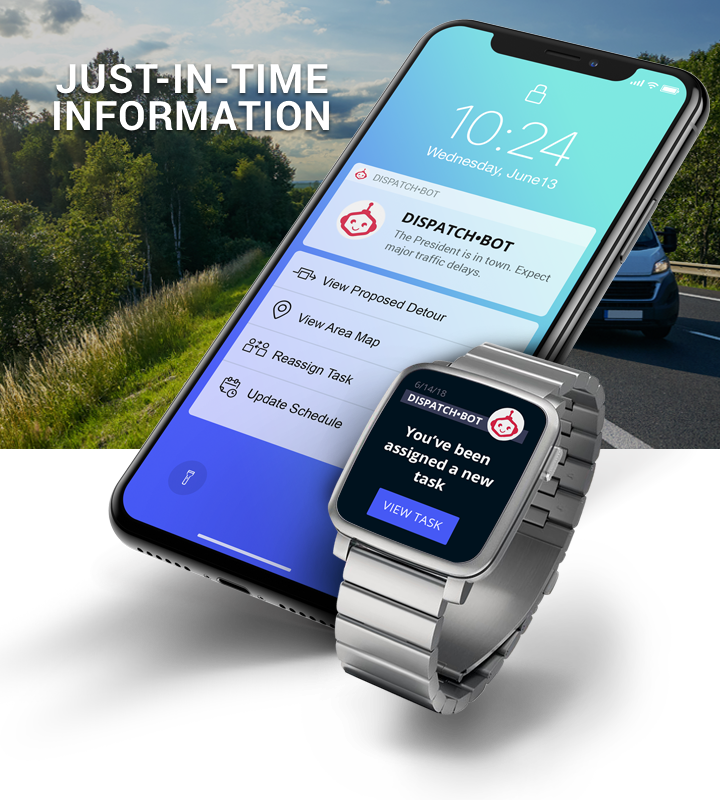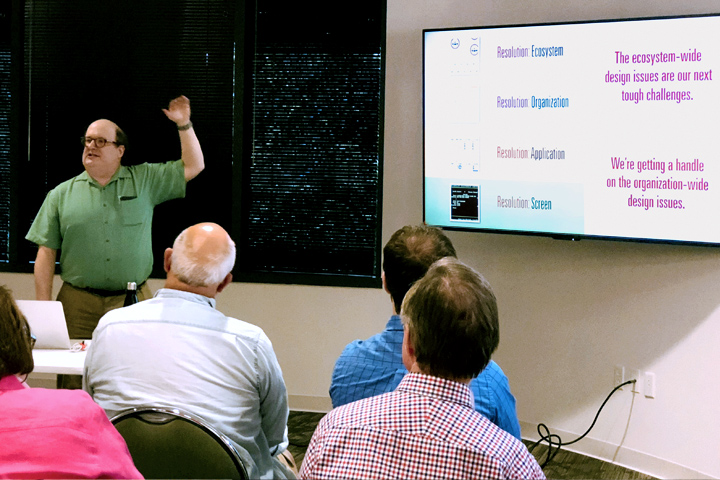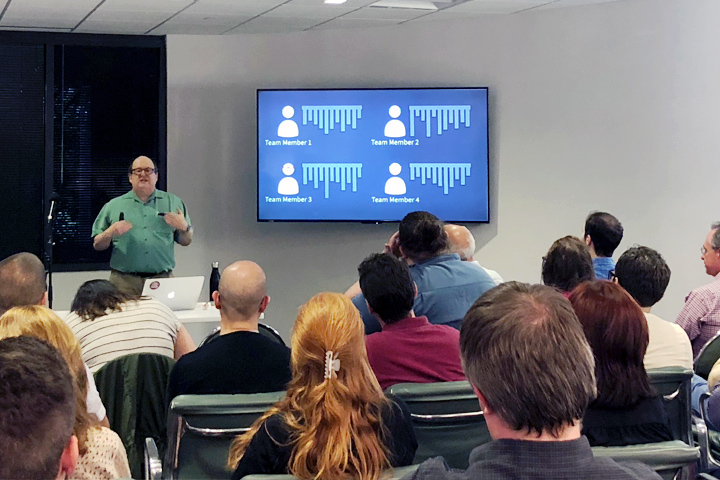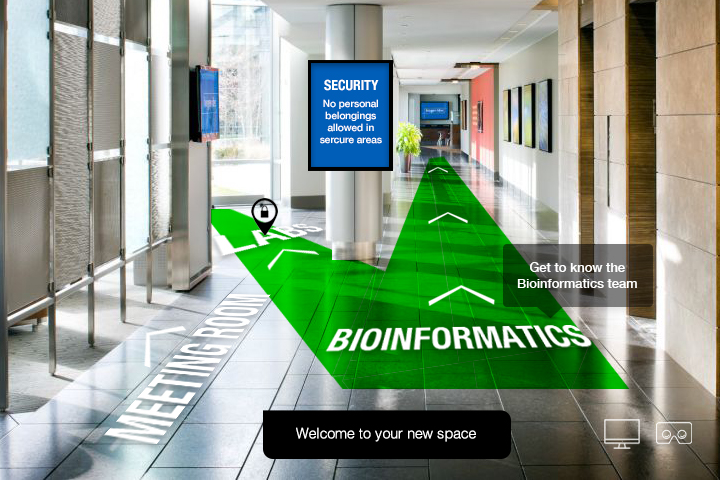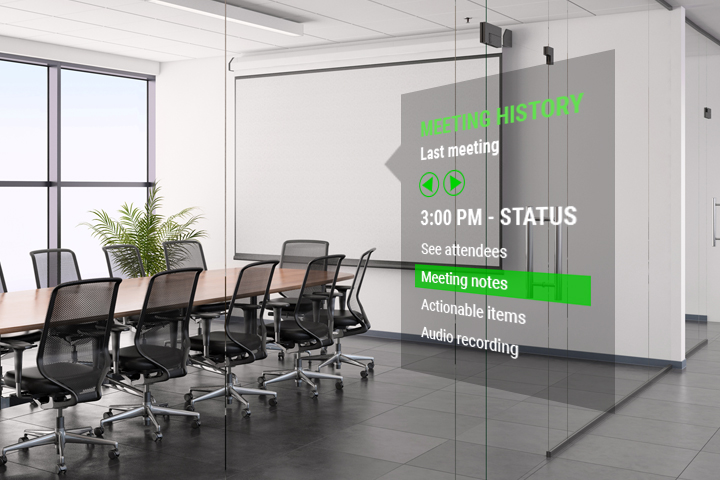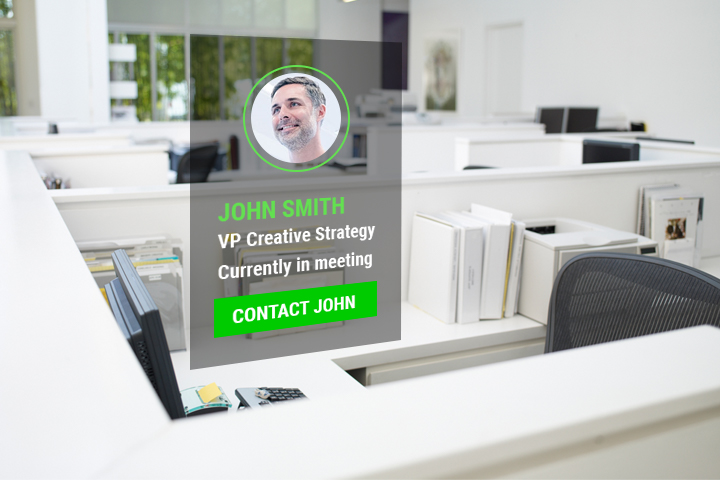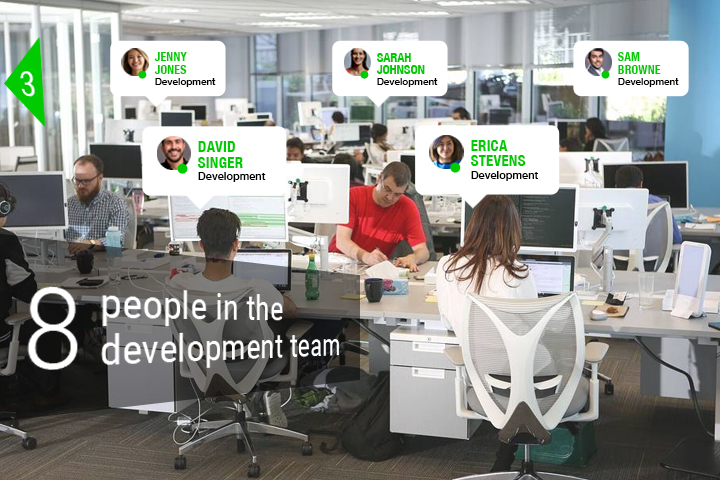“Given the pace of industry disruption, now is the time to strengthen individual and organizational capabilities to
engage actively in human-machine partnerships.”
– The Next Era of Human Machine Partnerships
The conversation around human-machine partnerships is valuable to everyone. Organizations and digital leaders are working to operationalize digital transformation and set themselves up for a successful future. While the article written by Dell Technologies and the Institute for the Future, “The Next Era of Human-Machine Partnerships,” may seem outdated (written in 2017) it continues to provide great insight into these fast-emerging trends that will remodel society, transform the workforce, and ultimately impact how people will work. This review highlights valuable concepts that the article lays out relative to organizational transformation and the impacts on future work design.
Advancements in robotics, artificial intelligence and machine learning, virtual and augmented reality, and cloud computing will be significant by the year 2030. What are currently seen as curious technologies will soon be embedded into our everyday routines. These technologies underpin the formation of future human-machine partnerships.
The following three key takeaways from “Partnerships” frame the future of work design:
- “Digital Conductors” is a term the writers use to define the role people will play in the future. As technology becomes an extension of people and woven into everyday lives (even implanted), there will be a suite of tools to manage, orchestrate, and automate many daily tasks. The knowledge and experience we acquire in our relationships with technology will form the foundation for our partnerships with machines in the workforce. Although we do not yet have the insight to define those work roles and relationships today, our ability to “conduct” digital transformation will be key to these partnerships.
- Organizations will experience great impact in talent acquisition, team management, and support of professional development. Data, smart analytics, and reputation engines will seek the best talent for the job. Instead of workers competing for roles, organizations will be able to match job skills to those of the ideal candidate regardless of location. “Partnerships” defines this as “work chasing people.” As we think about this idea in the context of future work design, personal brand identity is now more valuable than ever before. Simply catching up on new skills will not be enough to keep momentum in future careers. Reasoning and problem solving, purposeful participation, and adaptability to emerging digital counterparts will all help elevate a person’s talent and value to an organization.
- The future workforce will need to learn faster to meet evolving tasks and business needs. “Around 85% of the jobs that today’s learner will be doing in 2030 haven’t been invented yet.” How does one prepare oneself for a job that doesn’t exist? — new infrastructures to acquire the skills and knowledge to perform work. Individuals will need to be flexible, collaborate through peer-to-peer value exchange, and shift focus to creativity and critical thinking to develop new ideas and find solutions. “Partnerships” defines this “in-the-moment learning” the most valuable knowledge an individual can acquire as organizations move toward more nimble structures.
As we move full steam ahead into the future of human-machine partnerships, we need to prepare ourselves now for the impact technology will have on people in the workforce. While “Partnerships” focuses on transformation by 2030, it is crucial today to strategically rethink and adopt new ways in which we conduct work. When focusing on our careers, we need to value our strengths and cultivate a strong personal brand so that when automation of talent searching becomes the new norm, we will have a favorable position. As we think about technology in everyday routine, we should be nimble and integrate automation in our own work and home lives to achieve automated literacy. We need to think as entrepreneurs, with contextualized intelligence, to get the job done. The key to digital transformation will lie in the ability to derive meaning from human-machine partnerships.
As we look to the future and leverage thoughtful articles such as “Partnerships” to imagine our future work design, our preparation and participation for human-machine partnerships will create new value and opportunity. This is an exciting time to prioritize the foundation of these partnerships and pave the way for a more favorable future for everyone.


